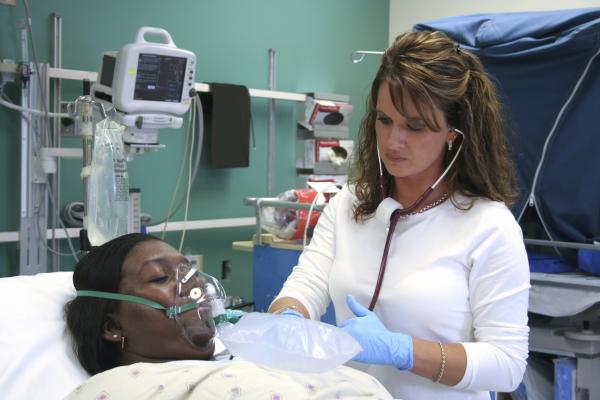
June 15, 2015 - Researchers announced the results of a study to develop and validate a model, comprised of echocardiographic and clinical data, to predict three-year mortality of patients hospitalized in coronary care units (CCU). The results describe an integrated score for three-year mortality of CCU patients, comprised of fewer variables and better/equal predictive value compared to existing scores.
In today's complicated and demanding healthcare environment, CCUs tend to utilize a large amount of resources, from both a labor perspective and a financial one. Accurate and objective outcome prediction helps physicians dedicate the appropriate resources to patients most likely to benefit, and also provides the patient and family a more complete picture of risks and benefits associated with their condition or procedure.
"Assessment of patient mortality in the cardiac care unit (CCU) is becoming increasingly difficult due to the significantly more complex patients being admitted. As a result, there is a need for the development of a score for predicting mortality among these patients in order to best direct their care," said primary investigator Prakriti Gaba, BS, a medical student at Mayo Clinic in Rochester, Minnesota. "Our novel score incorporates both clinical and echocardiographic parameters specifically catered to a CCU patient population to assess patient mortality and has shown better prognostic value compared to existing scores such as SOFA, SAPS, Charlson scores, et cetera."
Researchers on the study, Novel Integrated Echocardiographic and Clinical Data Model Predicts 3-Year Mortality in Coronary Care Unit Patients,included Prakriti Gaba, Niyada Naksuk, Charat Thongprayoon, Vitaly Herasevich, Charles Bruce, Suraj Kapa and Samuel Asirvatham from Mayo Clinic.
Ms. Gaba will present a poster based on this research on Sunday, June 14, 2015 during the American Society of Echocardiography (ASE) 26th Annual Scientific Sessions at the Hynes Convention Center in Boston.
For more information: www.asescientificsessions.org


 April 17, 2024
April 17, 2024 








